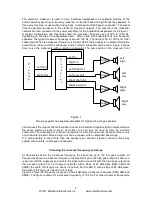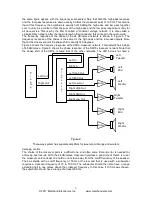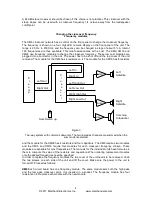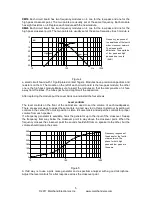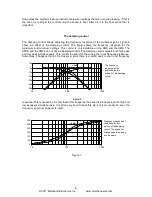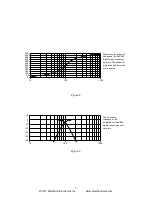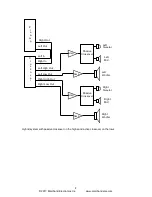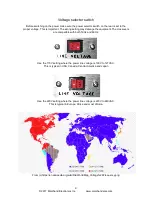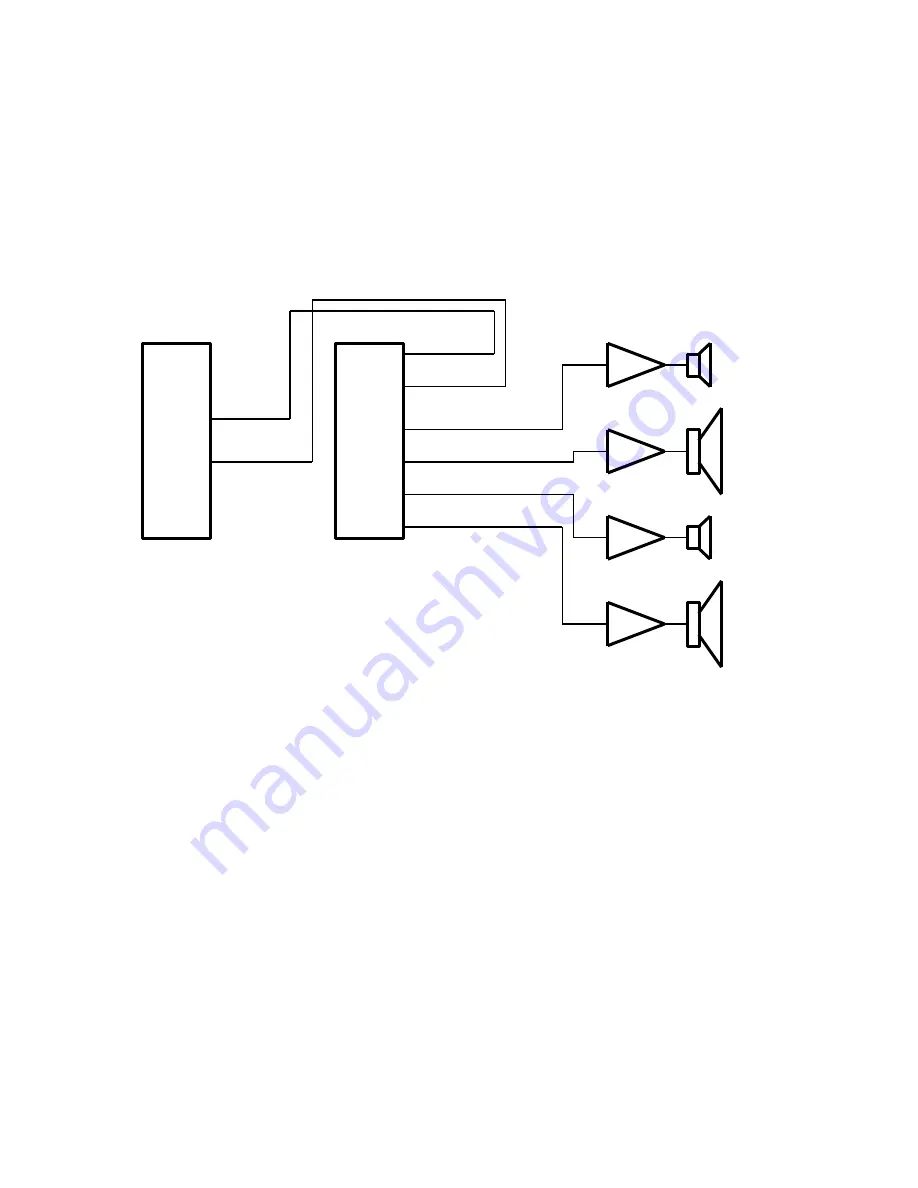
The electronic crossover is used to drive individual loudspeakers for separate portions of the
audio frequency spectrum. A two way crossover is used for bass and high frequency speakers. A
three way crossover is used when driving bass, midrange and high frequency speaker. The signal
from the preamp is passed to the electronic crossover network. The outputs of the crossover
network are then connected to the power amplifiers for the individual loudspeakers as in Figure 1 .
A typical configuration like this might have the crossover frequency set at 300 to 1000 Hz,
depending on the type of loudspeakers used. When used with subwoofers as low frequency
speakers, the typical crossover frequency is around 100 Hz. The range is 50 to 150 Hz for most
subwoofers. When the crossover frequency is below 100 Hz there usually is no stereo information
present from the sound of the subwoofer, and a common subwoofer can be used. Figure 3 shows
how to use the crossovers with a common subwoofer. The sum switch on the crossover front
panel causes the outputs of both low pass channel to be summed together. Both outputs will have
the same summed signal on them, and either one can thus be used to drive he common
subwoofer. The advantage of a common subwoofer is more than just cost. Because there is only
one subwoofer present, often a larger unit can be chosen, with an extended bass range.
It is also possible to drive more than two speakers per channel. Figure 2 shows a three way
system with woofers, midranges and tweeters.
Choosing the crossover frequency and slope
At frequencies below the crossover frequency the signal will go to the low pass outputs. At
frequencies above the crossover frequency the signal will go to the high pass outputs. There is a
region around the crossover point where the signal will come out of both the high pass output and
the low pass output. For he crossover networks with a slope of 24 dB/octave (XM6, XM9 and
XM26) the width of this region is about 1/2 octave. For the XM16, with a slope of 48 dB/octave,
the width of this region is halved to 1/4 octave.
Figure 4 shows the frequency response of the 24 dB/octave crossover networks (XM6, XM9 and
XM26). The figure is drawn for a crossover frequency of 100 Hz. For other crossover frequencies
© 2017 Marchand Electronics Inc. www.marchandelec.com.
2
Amp
Amp
Left
High
Left
Low
C
r
o
s
s
o
v
e
r
Left High Out
Right Low Out
Right High Out
Right
High
Right
Low
Left Low Out
P
r
e
a
m
p
Right In
Left In
Left Out
Right Out
Amp
Amp
Figure 1
Two-way system has separate amplifiers for high and low range speakers


